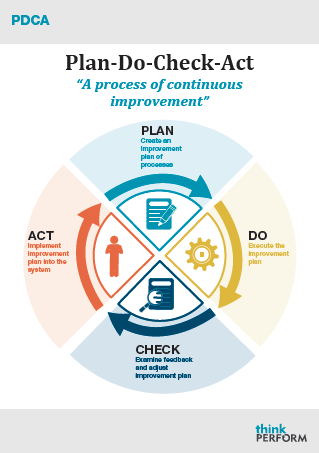For employees who have received their certificate III in the bulk production industry, the next phase of career advancement would be a Certificate IV in Process Manufacturing (MSA40311). As a continuance of the previous certification, this training expands upon such skills as problem solving, team leadership, equipment operation, and quality control. Workers may choose to participate in on-the-job learning for certification in as little as six months or classroom guidance for a period of slightly more than six months.
Purpose of this Type of Training
This is not an entry-level course; it is designed for experienced employees interested in supervision or managerial positions. Those who have already begun cross-training in various branches of plastic and rubber manufacturing, as well as chemical and mineral processing and similar fields, will learn to more effectively combine their previous training and put their skills to use. Instructors will evaluate students’ prior knowledge to gain an understanding of exactly what types of training need to take place.
Major Areas of Instruction
Quality control is a primary concern among members of the Process manufacturing industry. Following a continuous improvement model can be quite helpful at this stage. This applies to products as well as the processes used to create them. Safety is also an issue; therefore, trainees will learn ways of implementing safety protocol not only in their own practices but those of employees who will be working under their authority. Certain risks apply to any branch of the field, but those can be kept at a minimum by understanding problems beforehand and taking measures to eliminate them.
Equipment Operation
While employees undergoing certification classes already understand the equipment they will be operating, more advanced knowledge of systems is required for moving up in the workplace. Students will advance from simply following along with machinery to being able to program it for production purposes, seek out potential problems, and repair them before they become real-time issues. As routine maintenance is a key component of equipment functionality, students will be taught methods of scheduling repair work in a manner that ensures as little disruption as possible.
Adjust to New Technology and Procedures
Production facilities are continually on the lookout for improvements. Whether this applies to speed, safety, efficiency, or environmental concerns, those in charge must be able implement continuous improvement strategies and accept new practices and pass knowledge of those on to others. It is also the manager’s responsibility to make certain all employees understand exactly what their new roles will be in relation to those systems and techniques to maintain productivity and safety. Unless everyone is on board once changes take place, new risks could develop, and the person in control is in charge of preventing this from happening.
Prompt Response
Should a problem arise along the production line, quickly catching it and determining how to move forward is crucial. Students will gain an understanding of ways of doing so. As a team supervisor, remaining calm and responding appropriately in the event of an emergency is also vital. This means certain basic knowledge of first aid is also required. Employees will be trained in these aspects as well.
From being able to adapt to technological advancements and teach those skills to others to catering to injured personnel until an emergency response team arrives, those in a position of authority must be able to manage themselves as well as the circumstances around them. Training for a Certificate IV in Process Manufacturing ensures supervisors possess these qualities and are able to apply them when necessary. This enables employees to advance in their careers while increasing productivity for the mass production industry as a whole.
If this certificate sounds too advanced for your current needs, consider the Certificate III in Process Manufacturing MSA30107 to get a head start on developing your career.
Are you looking to extend your skills further than this certificate? Try the




